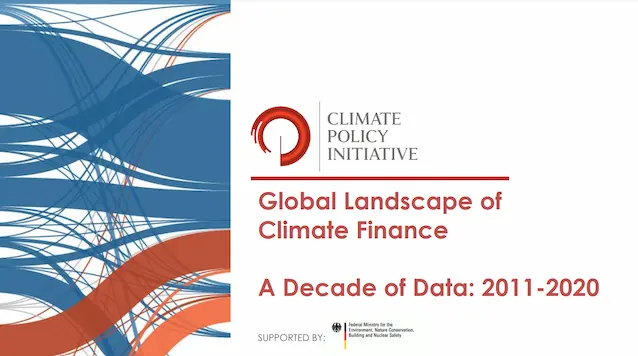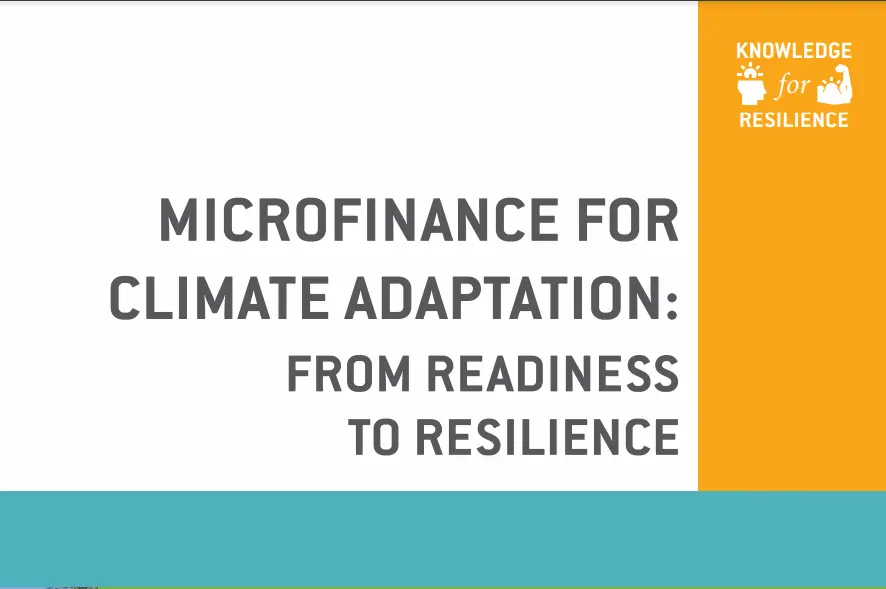Overview of Climate Finance
Climate finance is a broad term that generally refers to the role of finance in facilitating efforts to address climate change. Climate finance is critical to addressing climate change, since large-scale investments are typically required to significantly reduce emissions, notably in sectors that emit large quantities of greenhouse gases. Climate finance is equally important for adaptation, for which significant financial resources will be similarly required to allow societies and economies to adapt to the adverse effects and reduce the impacts of climate change.
Additionally, while the focus of much of the climate finance world is on large-scale mitigation of greenhouse gases, for many of the low-income and vulnerable populations who are more likely to experience extreme weather and environmental risks relating to climate change, their immediate priorities are building resilience to climate risks, adapting to changing climatic conditions, and in some cases transitioning to new livelihoods. Therefore, financial services are an indispensable tool to help low-income and vulnerable people prepare for climate-related events and recover from them when they happen.










 Raj Mehta – Financial Education Instructor
Raj Mehta – Financial Education Instructor

